
Radar | Aug 20,2022
When the floods from the Awash Rivers came rushing during the night nearly two weeks ago in Asaita, Afar Regional State, Ahmed Abdulkedir and his neighbors did not have time to grab any of their belongings. His cotton fields, ready for harvest after three months of plowing, sowing and irrigating, were completely destroyed. His family's 700 cattle along with his homes and the home of 107 employees who worked on his farm were gone.
Back in June, when the flood water coming from the Awash River had started rising, they had tried to put up barriers to stop the water from ruining their crops. But their soil-filled sacks were no match for the strength of the flood that ended up swallowing 115ha of his farmland.
"We left our lands and cattle behind to save ourselves," he said. "I have a home in the city, but my employees have lost everything, even the clothes on their back."
The water is not just flood water from the river but from the Tendaho Dam, according to Ahmed.
"The water from the Dam is stagnant, so it is infested with worms and has a disgusting smell," he said. "They've opened up the Dam without any preparation and destroyed our homes again."
The Dam has been causing problems since its construction a few years ago, according to Ahmed, who used to live on the farm with his wife.
"The Dam isn't more important than the people who live here," he said. "It's polluting the river, which is where people get their drinking water."
The Tendaho Dam in the Afar Regional State is one of the two dams in the region, alongside Kessem, both built alongside the Awash River. The Dam, built to irrigate the Tendaho Sugar Factory, has been operational since 2014 with a capacity to hold 1.8 billion cubic metres of water.
Releasing water from the dams based on meteorological predictions is a task undertaken by the Basin Development Agency, according to Getachew Gizaw, deputy director-general of the Agency.
"This is one preventive measure we take to avoid floods," he said. "The regional water bureaus have also been working on widening river paths and fixing dikes."
Overfilling of the two dams in the region, Kesem and Tendaho, was not the problem this year, according to him. Instead, the problem was with another tributary river, Logiya, from Southern Wollo. The river had overflown its canals due to unrelenting rainfall, according to him.
"This was especially true in areas like Afanbo Wereda where the canals were narrower," he said.
The Agency is mandated to give warnings when there are flood emergencies in the country and work on the capability of dams to receive water as well ensure the rivers stay within their courses.
Dikes, an emergency response, are damaged easily, according to the deputy director of the Agency, which has allocated 70 million Br this year for flood early response activities in the country.
The floodwater comes from the Awash River, which flows 1,200KM through the country.
"There could be crocodiles, falling trees and even people that affect it– it’s hard to continue maintaining," he said.
The focus was on Amibara Wereda, where the flood normally occurs, and where the damage would have been more extensive.
The floods in the region have displaced over 40,000 people and affected close to 70,000 others in one way or another, according to a rapid flood assessment done by UNICEF as well the region's Disaster Prevention & Food Security Coordination statement.
The rainy season, Kiremt, which started in June, is expected to last throughout September. This year the rains are much heavier and the downpour itself unabating, merging the Belgand Kiremtseasons.
"There was no break between the two rainy seasons," said Negyie Hailu, early warning team leader under the National Disaster & Risk Management Commission, the main body responsible for coordinating disaster response in the country.
"We knew that this was coming, and we had prepared more extensively than before," he said.
The flood alerts sent out in the past couple of months by the Commission recommended working on flood-prone areas like strengthening dikes built along the riverside to help navigate and control the flow of the river water.
If this work had not been done, it would have resulted in a much worse scenario, according to Negyie.
"This was also in preparation to minimise displacement since this year has also brought in the compounded complication of the Novel Coronavirus (COVID-19)," he said.
But Ahmed, who lost his farm and cattle, says that no preparation was done in Asaita Wereda, where they live.
"The authorities sent two excavators and a bulldozer after the rainy season started," he said. "They've been swept away by the flood like everything else."
A helicopter has now been assigned to the area to lift people out who are surrounded by water, taking 50 to 60 people at once in the wereda of Afambo, one of the 19 weredas that have been the worst hit, according to Mohammad Husen, director at the Regional State's Disaster Prevention & Food Security Coordination Office.
Farmlands have been inundated with floods and 10,000 cattle have been lost so far. The one helicopter making rounds is not able to save any cattle, as there are still people waiting to be rescued - an additional 32,000 people still remain at risk. Most have had to relocate to temporary living conditions at six nearby schools for shelter.
The Office has provided support to 27,000 people including rice, edible oil, macaroni and medicine.
"This was through a combined effort between the regional and federal government and other voluntary groups," said Mohammad.
The flood alerts, due to this consistent rain, also recommended the evacuation of people living near these flood-prone areas, an estimated two million people in total. But moving the community proved difficult, according to the director.
"The people were reluctant to take action quickly," he said. "We've now started forcibly moving them where persuasion fails."
One of the groups providing support is Khehir Felagi, a group of young volunteers from Addis Abeba that started out nearly 10 years ago with the aim of providing financial support for people undergoing complicated medical procedures in the country.
"We've managed to send a truck to Afambo with necessary supplies of food to 1,600 people," said Dino Ali, founder of the group.
The support has been mobilised through the followers of their page and through other social media platforms. But the biggest forgotten element in the relief efforts seems to be water itself - drinking water.
"We're communicating with water companies in the city that are willing to help donate drinking water," said Dino, who went to the flood sites last week. "The community doesn't even have water to mix some of the food items we've donated."
The lack of clean water and hygienic living conditions cause additional problems like cholera, malaria, yellow fever, dengue fever and chikungunya, a vector-borne virus with no vaccine or treatment. During the Belg season, from February to May, close to 10,000 people were affected by cholera due to flash floods.
UNICEF, a partnering organisation of the Commission, has allocated 50,000 dollars toward the relief efforts and has dispatched four 10,000lt water tanks to four internally displaced people sites, according to Adele Khodr, UNICEF Representative in Ethiopia.
"The total population targeted by UNICEF is 35,000 individuals, which represents half of the total affected," she said. "Eight thousand adolescent girls and women will also receive dignity kits."
Additional supplies of medicines for malaria, cholera and an emergency water treatment kit capable of producing 12,000lt of safe drinking water are also part of the support.
The national contingency plan for this year's rainy season requires a budget of 3.4 billion Br, which has been sent to donors and different government bodies, according to Almaz Demessie, director for early warning and response under the Commission.
"We allocate 50pc to 70pc of the response that is required," said Almaz, who was reluctant to share the actual budget allocated by the Commission. "We do this, because we need to verify if the impact is more or less to what has been reported."
The Commission has crafted this contingency plan based on predictions from the National Meteorological Agency whose predictions for the remaining months of Kiremt remain similar - continuing heavy rains until the end of the season.
But the rainfall amount, in and of itself, is not anything out of the place, according to Ahmedin Abdulkerim, public relations & communications affairs director at the Agency.
"The reason lies in the fact that it was uninterrupted," he said. "The lands have had their fill and can no longer absorb the oncoming rain."
In the same breath that the Agency announced the upcoming floods, it has also warned of the upcoming dry season that may entail problems unless the dams are filled. Floods are the biggest problem the country faces, second only to droughts.
Appropriate mitigation efforts are critical to these situations as they cannot be altogether eliminated, according to Abebe Dinku (PhD), professor of civil engineering and vice president for institutional development at Addis Abeba University.
The most important element, however, is having early warning systems in place, the expert recommended, who cited the example of how Japan mitigates earthquakes as an example.
"It has a drill for its citizens at a very young age," he said. "This isn't a task we start yesterday but something that should be part of the lives of the people that may continuously be affected by this."
Continuous work in terms of awareness, education and even local production of necessary materials is part of it, he recommends, adding that it needs to be done along with settlement planning.
The design and construction of dams in the country also need to undergo careful feasibility studies, according to him.
"Basing the projects on studies will minimise the risks," said Abebe. "The dams are also built to entertain situations that are the norm and not occurrences that may happen every 10 or so years as that might increase the expenses of construction."
Building canals for the proper flow of water and creating proper water management systems can help avoid shortages in the dry season and overflow in the rainy ones, acording to him.
Abdulkerim and the farmers around there also know that their hometowns are not without their risks. But there was no preventive work that was done to help, according to him.
"Why were we notified so late, and why didn't the government prepare dikes and canals to minimise the damage?" he asked. "We are deeply saddened, because it seems like we've been forgotten."
PUBLISHED ON
Aug 16,2020 [ VOL
21 , NO
1059]

Radar | Aug 20,2022

Radar | May 31,2020
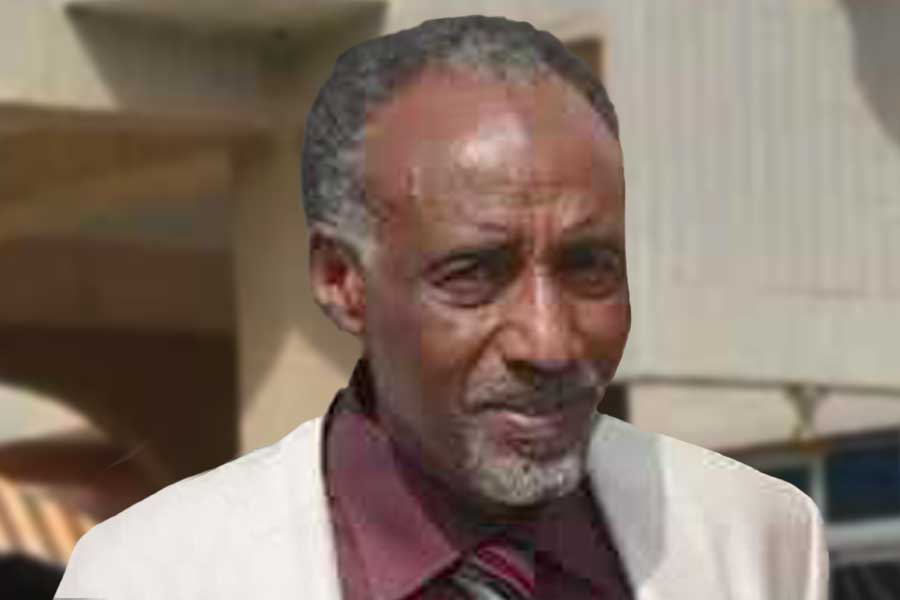
Obituary | May 23,2020

Commentaries | Jan 05,2019

Commentaries | Jan 01,2022
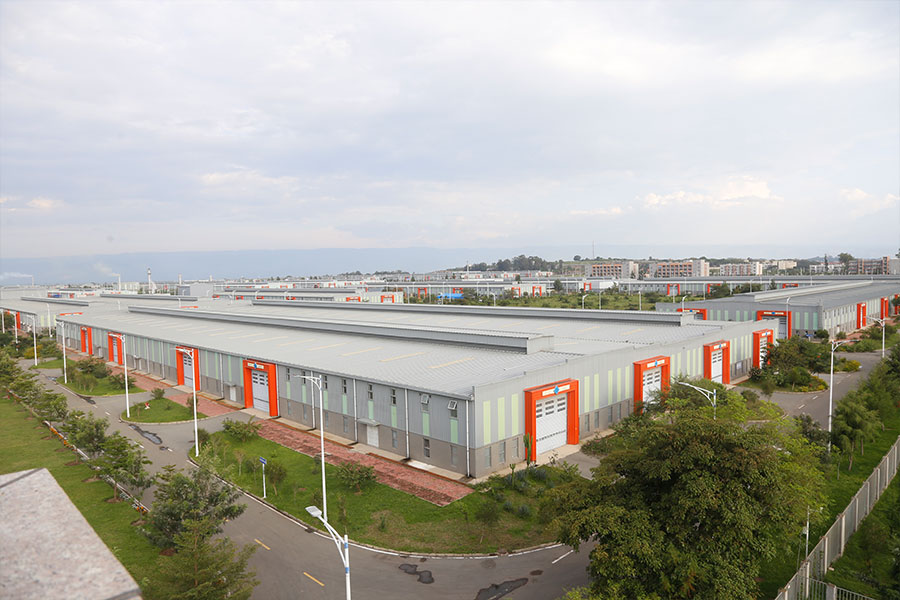
Fortune News | Nov 20,2021

Sunday with Eden | Jul 27,2024
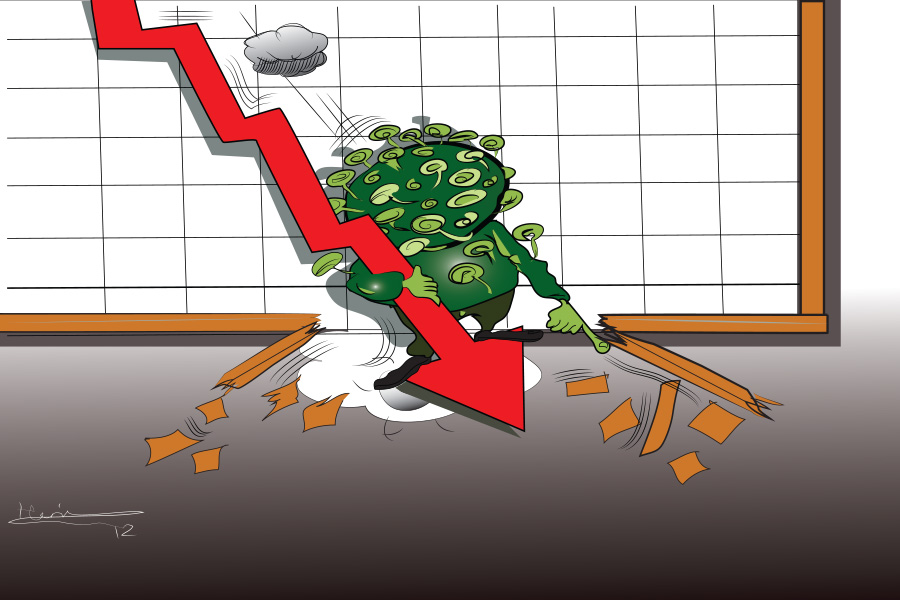
Editorial | Mar 28,2020
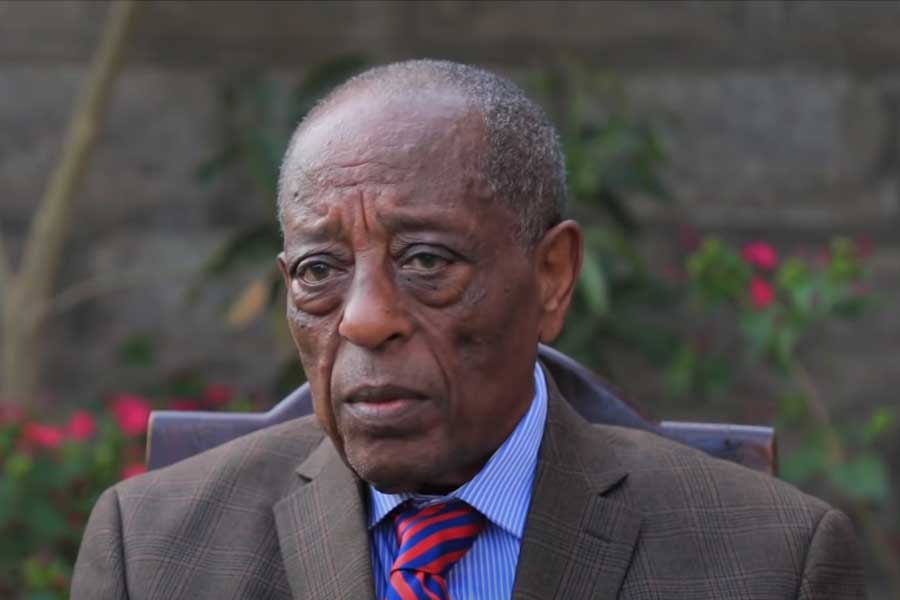
Obituary | Apr 25,2020
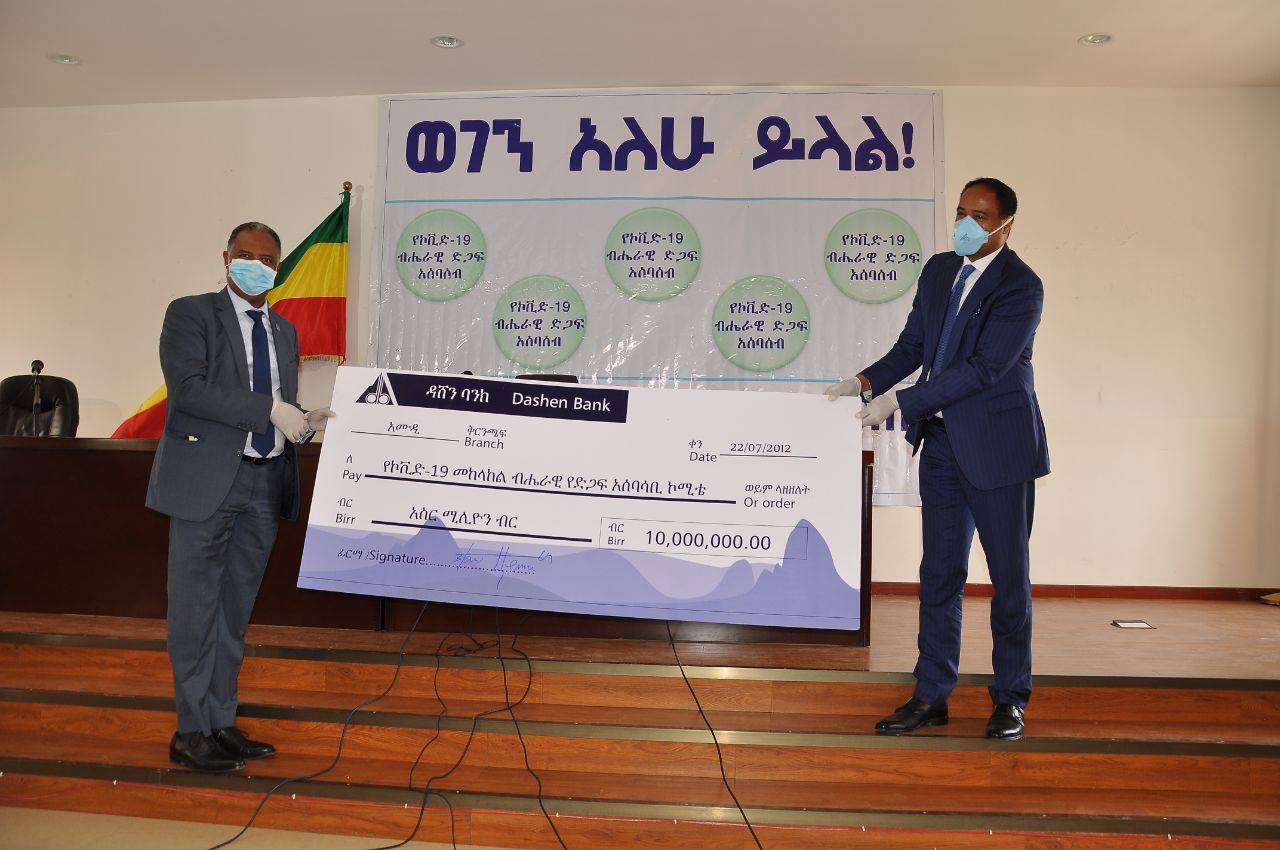
Covid-19 | Mar 31,2020

Dec 22 , 2024 . By TIZITA SHEWAFERAW
Charged with transforming colossal state-owned enterprises into modern and competitiv...

Aug 18 , 2024 . By AKSAH ITALO
Although predictable Yonas Zerihun's job in the ride-hailing service is not immune to...

Jul 28 , 2024 . By TIZITA SHEWAFERAW
Unhabitual, perhaps too many, Samuel Gebreyohannes, 38, used to occasionally enjoy a couple of beers at breakfast. However, he recently swit...

Jul 13 , 2024 . By AKSAH ITALO
Investors who rely on tractors, trucks, and field vehicles for commuting, transporting commodities, and f...

Jul 5 , 2025
Six years ago, Ethiopia was the darling of international liberal commentators. A year...

Jun 28 , 2025
Meseret Damtie, the assertive auditor general, has never been shy about naming names...

Jun 21 , 2025
A well-worn adage says, “Budget is not destiny, but it is direction.” Examining t...

Jun 14 , 2025
Yet again, the Horn of Africa is bracing for trouble. A region already frayed by wars...